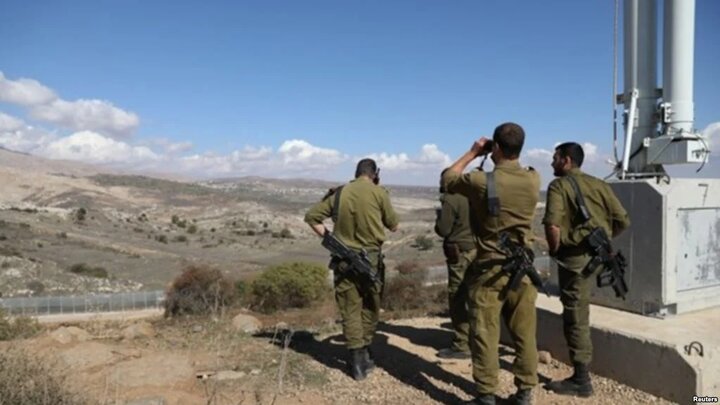Regional expansion: The Zionist regime’s new policy to plunder Syria’s resources.
The Zionist regime has become an active player in Syria after the fall of the Bashar al-Assad government. In addition to gaining geopolitical territory in Syria, part of the regime’s power has been focused on acquiring the country’s natural resources. In general, the Zionist regime is seeking to seize Syria’s water and energy resources in various ways by adopting a policy of regional expansion.
Plundering Syria’s Water Resources
The most important rivers in Syria are the Euphrates, Tigris, Orontes, and Yarmouk Rivers, all of which are shared between Syria and its neighbors. For the Zionist regime, natural resources, including freshwater resources, have always played a central role in shaping geopolitics. According to the World Resources Institute, 12 of the 17 water-scarce countries in the world are located in West Asia, with Qatar, the occupied territories of Israel, and Lebanon ranking first to third. About 40 percent of the world’s population depends on rivers that cross international borders, making transboundary water management a vital geopolitical challenge. The Israeli attack on Syria and the seizure of the Al-Wahda Dam in the Yarmouk Basin and the Al-Muntarah Dam in December 2024 demonstrate this reality.
The dry climate and limited natural water resources of Palestine are the most important variables in shaping the water policy of the occupying regime. The regime’s main sources of fresh water are the Jordan River, groundwater aquifers along the coast and mountains, and the Sea of Galilee. Although technological advances in desalination and wastewater reuse have reduced the regime’s dependence on natural water resources, Tel Aviv has nevertheless in recent years, encroached on the Yarmouk River between Syria and Jordan and the Litani River in Lebanon to supply its water resources.
In this regard, in early January 2025, less than a month after the capture of Damascus by rebel forces and the overthrow of the Syrian government, the Israeli regime advanced to the vicinity of the Al-Muntarah Dam, which is the largest water source in Daraa Governorate. Reports indicate that over the past four months, Zionist forces have established military outposts and earthen mounds in Quneitra province and imposed strict restrictions on local movement.
By controlling these dams, Tel Aviv has effectively taken control of 40 percent of the shared water resources of Syria and Jordan. The Yarmouk Basin is a strategic area on the Syrian-Jordanian border. The water of the Yarmouk River plays a major role in supplying agricultural land and drinking water in the Daraa and Sweida regions of Syria and northern Jordan.
The occupation regime’s move to seize 440 kilometers of Syrian territory in the south, which also includes two strategic dams, is part of its comprehensive strategy to combat water shortages through regional expansion. Pursuing this policy in the conditions of chaos and security turmoil in Syria has provided an unparalleled opportunity for the regime to realize its perennial ambitions.

